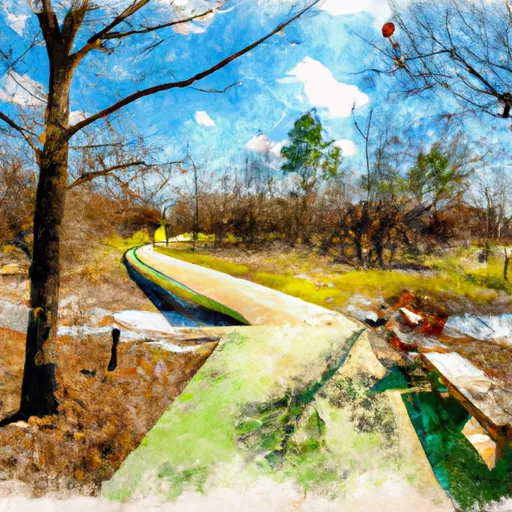Summary
Charles County, Missouri, Saint Charles is a vibrant city with a population of around 70,000 people. The city experiences a humid continental climate with hot summers and cold winters. Summers are typically warm and humid, with temperatures averaging in the high 80s Fahrenheit. Winters are cold, with temperatures dipping below freezing, and occasional snowfall.
The city is bordered by two major water bodies, the Missouri River to the north and the Mississippi River to the east. These rivers not only enhance the scenic beauty of Saint Charles but also provide various hydrology constituents. The rivers support a diverse ecosystem, and fishing enthusiasts can catch species like catfish, bass, and crappie.
Outdoor recreation opportunities in Saint Charles are abundant. The city is home to numerous parks and trails, such as Frontier Park and Katy Trail State Park, offering opportunities for hiking, biking, and picnicking. The Missouri River provides a perfect setting for boating, kayaking, and canoeing. Additionally, the nearby Klondike Park offers camping and fishing facilities, making it an ideal spot for nature lovers.
Overall, Saint Charles, Missouri, offers a pleasant climate, access to two major rivers, and a range of outdoor activities, making it an attractive destination for both residents and visitors.
Weather Forecast
Saint-Charles receives approximately 1031mm of rain per year, with humidity levels near 82% and air temperatures averaging around 13°C. Saint-Charles has a plant hardyness factor of 6, meaning plants and agriculture in this region thrive during a short period during spring and early summer. Most plants will die off during the colder winter months.

 Blanchette Park
Blanchette Park
 Slysa Soccer Complex
Slysa Soccer Complex
 Ed Bales Park
Ed Bales Park
 French August Regot Park
French August Regot Park
 Kister Park
Kister Park